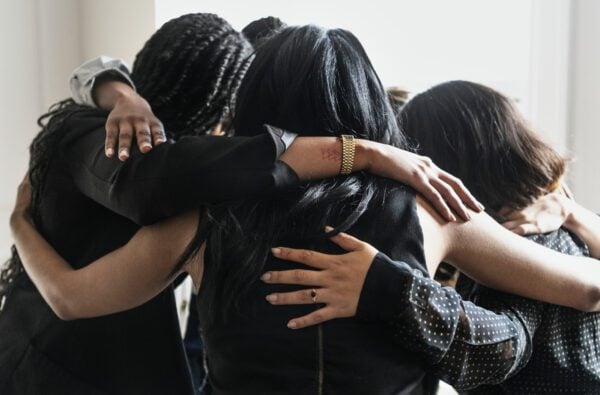As the days shorten, the clocks roll back, and the holiday season approaches, millions of Americans brace for the physical and psychological changes that winter brings. For Hoosiers, however, this annual transition is compounded by two distinct, intensifying pressures: a vulnerability to Seasonal Affective Disorder (SAD) and a systemic lack of mental health resources, all set against a backdrop of acute holiday financial stress.
Seasonal Affective Disorder is a form of major depressive disorder that manifests in a recurring pattern, typically beginning in the late fall and early winter. Symptoms, including a persistent low mood, feelings of worthlessness and profound lack of energy (lethargy), can be debilitating. While the condition is widespread, a recent analysis reveals that Hoosiers are among the most vulnerable nationally to suffering in silence.
According to a ranking by addiction treatment experts at Origins Recovery, Indiana ranked ninth nationally among the states with the worst access to mental health care, receiving a score of 3.51 out of a possible 10 for accessibility. The primary factor driving this poor ranking is a significant shortage of qualified providers.
Furthermore, the data paints a clear picture of an overburdened system, suggesting that for every 560 Hoosiers, there is just one mental health care worker. This ratio stands in stark contrast to the national average of 350 residents per provider, signaling reduced access to essential support.
This disparity creates a bottleneck precisely when seasonal conditions dictate greater demand for care. Thomas Isbell, co-founder and CEO of Origins Recovery, emphasized the gravity of the situation in the context of seasonal illness.
“While it’s reassuring to see that some states are providing accessible and affordable healthcare for mentally unwell residents, it’s clear that more must be done across the board to ensure all vulnerable individuals can get the support they need,” Isbell said. “This is especially true in the states that are underperforming and must be addressed as soon as possible, given the change in season means more residents are struggling with untreated SAD, which can escalate into a more severe condition.”
Without adequate, timely care, the symptoms of SAD risk becoming entrenched, deepening the public health crisis surrounding depression and anxiety in the state.
The clinical challenges associated with SAD are further intensified by the financial and social burdens of the holiday season. A separate survey, focusing on holiday stress and conducted by online sleep retailer MattressNextDay, found that 40% of Americans report higher stress levels during the holidays. For Indiana residents, the combination of festive expectations and financial strain is particularly acute.

The survey found that nearly one in three Indiana respondents — a staggering 29% — cite holiday debt, gift expectations, and crowded stores as their biggest concerns. Holiday debt, in particular, was identified as the number one overall stressor.
While 13% of Hoosiers surveyed directly cited SAD as a cause of their holiday stress, many other related concerns feed into the overall seasonal mental health battle, including the anxieties over lack of personal time (26%) and health concerns related to overeating (24%).
These accumulated stressors directly impact sleep quality, which is linked to mental health stability. Senior sleep expert Martin Seeley, commenting on the findings, highlighted the physical consequences of unchecked seasonal anxiety.
“Seasonal stress can wreak havoc on your body’s natural rhythm, leading to fatigue and poor concentration,” Seeley said.
The resulting sleep disruption — difficulty falling asleep or increased nighttime awakenings — can create a self-perpetuating cycle, further worsening depressive symptoms. Seeley urges residents to prioritize stabilizing factors, such as maintaining a consistent sleep schedule and optimizing their sleep environment, to combat the effects.
The convergence of these factors — a profound seasonal mental health challenge, a crippled care infrastructure, and the high-stakes financial stress of the holidays — leaves Hoosiers navigating a formidable winter battle.
Contact Multi-Media & Senior Sports Reporter Noral Parham at 317-762-7846. Parham is the owner of Horsemen Sports Media. For more health news, click here.
Noral Parham is the multi-media & senior sports reporter for the Indianapolis Recorder, one of the oldest Black publications in the country. Prior to joining the Recorder, Parham served as the community advocate of the MLK Center in Indianapolis and senior copywriter for an e-commerce and marketing firm in Denver. He is also the owner and founder of Horsemen Sports Media.




